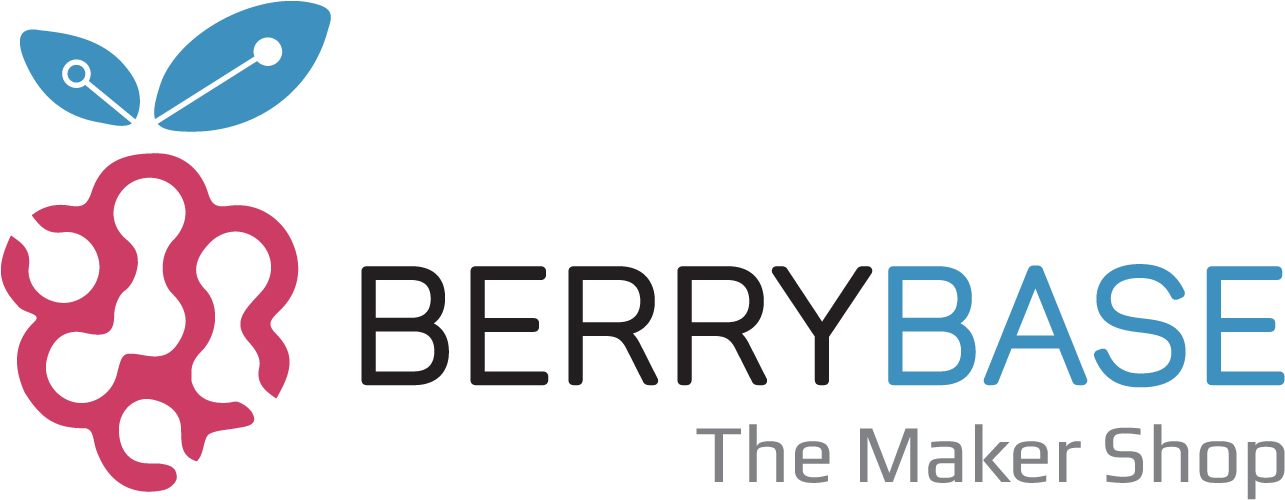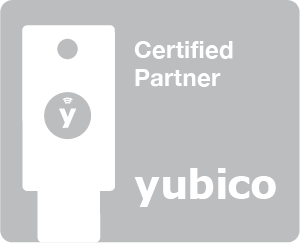What is solder?
Solder, also called soft solder, is a mixture of different metals. The main component of this alloy is tin, which is why the name solder is commonly used. Other elements that the solder may contain in varying amounts include copper, silver, gold or bismuth. Depending on the composition and quantity ratio, the properties of the solder change. Through these parameters, it can be ideally selected for the different purposes of soldering.
Why solder?
Soldering is the process of joining 2 materials together. The solder has the function to fill the space between the materials and to connect them mechanically and electrically. The solder forms a bond with the metal on the surfaces of the workpieces and creates an electrically conductive connection. In the practice of soldering, however, one has to contend with the problem that the heated surfaces combine furiously with the atmospheric oxygen and oxidize. The oxide layer prevents the solder from forming an alloy with the surface of the workpiece. Bad solder joints are the result. This is exactly where fluxes come in.
What are fluxes?
The function of a flux is to remove the oxide layer through a chemical reaction and ensure that no new oxide layer is formed during soldering. This then creates better and more durable solder joints. A flux is needed so that the workpieces are optimally wetted by the solder during soldering. A chemical reaction removes the existing oxides on the workpiece surfaces or prevents the formation of new oxides during the soldering process. In addition, the surface tension of the liquid solder is reduced so that the solder can lie cleanly against the workpieces. Practically, the flux is fed to the solder joint together with the solder. To do this, the solder is built up in a tube shape and the flux is embedded inside. If you work with pure solder (e.g. bar solder) without flux, the flux must first be applied manually to the sheet metal parts in the area of the solder joint. For this purpose, there are various products available under the names soldering water, soldering grease or even soldering honey.
Marking fluxes
If you ever buy flux separately, it is useful to understand the type designation according to DIN 8511. For example, the marking F-SW-23 means the following:
- F = Flux designation (Flux).
- S = Solderable material (S stands for heavy metal, L stands for light metal).
- W = Soldering process (H stands for brazing, W stands for soft soldering).
- 11 - 13 (highly corrosive - flux residues must be removed).
- 21 - 28 (weakly corrosive - flux residues must be removed).
- 31 - 34 (non-corrosive - flux residues do not need to be removed).
Leaded solder-
For decades, solder containing lead was the perfect solder for soft soldering. The solder consisted of 60% tin and 40% lead (designation S-Sn60Pb40) and was widely used. Following the EU directive banning hazardous substances, the use of certain hazardous substances has been severely restricted. This includes the toxic heavy metal lead. For this reason, lead in solder has not been used in the production of electrical and electronic equipment for several years.
Lead-free solder
Lead-free solder differs mainly in its higher melting temperature, which is around 225°C. Lead-free solders consist mainly of tin, to which proportions of silver, gold or even copper are added. Unfortunately, the flow behavior of lead-free solder is not as good as that of leaded solder. An ideal alloy for lead-free soldering consists of 3% silver and 0.5% copper in addition to the tin. Even though solder containing silver is more expensive than solder containing only copper, you should allow yourself the luxury of solder containing silver. It is easier to solder and the results will be better.
Solder for all Maker projects: At Berrybase you will find top products
Are you looking for solder for your electronics projects? At BerryBase in our online store we have solder for all applications in our portfolio. In our assortment you will find high quality products from renowned manufacturers. If you have any questions about our portfolio, please feel free to contact our service team.























